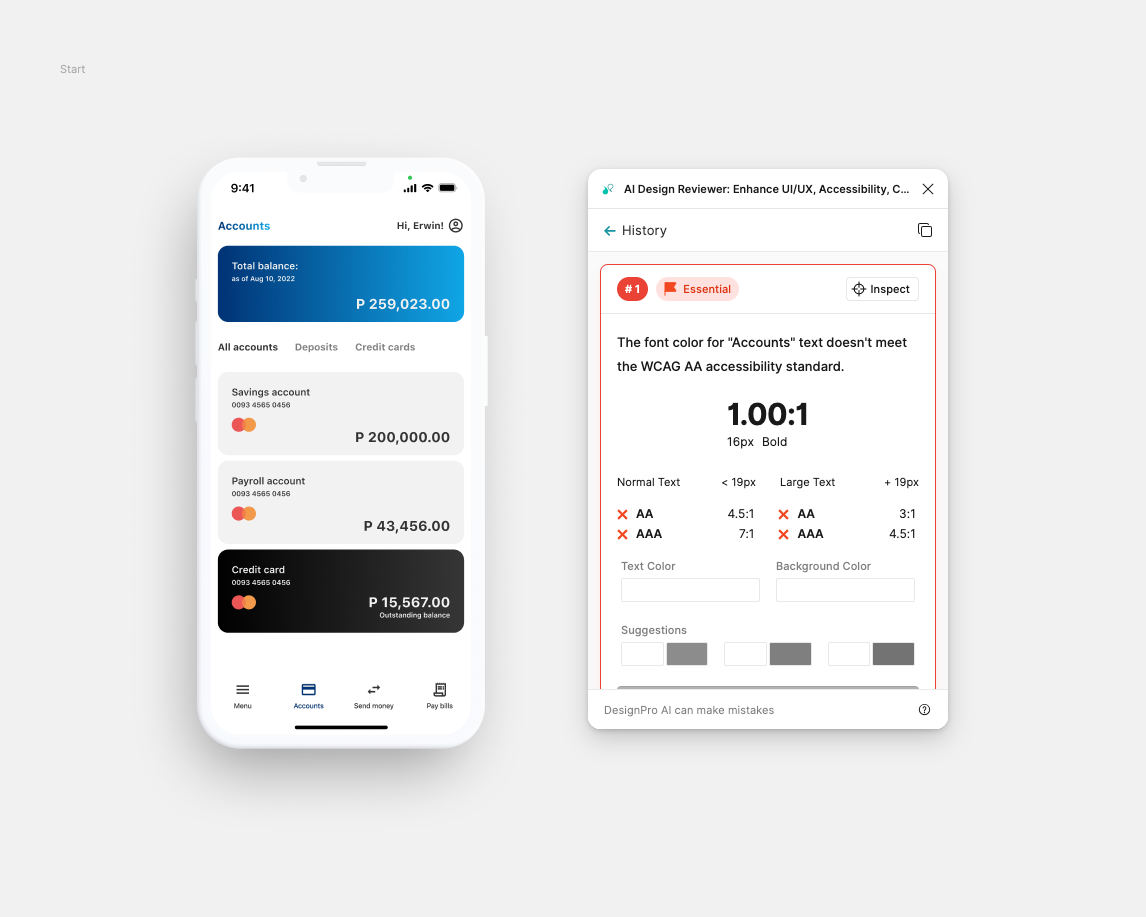It all started with a simple LinkedIn post. I had shared my redesign concept for AnimoSys, not expecting much beyond a few comments and reactions. But then, out of the blue, I received a message from Professor Bowei Gan of De La Salle University. He wanted me to conduct a Design Thinking Workshop for his Computer Science students.
Excited? Yes. Nervous? Absolutely. It had been a while since I had spoken to a crowd, thanks to the pandemic-induced hiatus from in-person engagements. But I couldn’t turn down the opportunity to bridge the gap between design thinking and computer science, especially for students who might not have had much exposure to the process.
Breaking the Ice: A Rocky Start
The workshop kicked off, and I could immediately sense the challenge ahead. Design Thinking is an incredible framework, but let’s be real—it can sound dry when discussed in theory. As I introduced the concepts, I noticed a few students zoning out. Were they uninterested? Or was I just overthinking it? How do you capture attention when your audience is used to more hands-on learning?
Once I wrapped up my presentation, we moved to the interactive portion of the session. The class was divided into groups, and that’s when things started to pick up.
The Design Challenge: Reverse Graffiti as a Business Model
Professor Bowei had an interesting design challenge prepared. He had recently seen a YouTube video about reverse graffiti as an advertising service—a concept where clean designs are etched onto dirty surfaces to create striking visuals. Our task? To design a solution for such a business. Who would the target customers be? How would this unconventional form of advertising reach clients?
This was where the real Design Thinking process began.
Structured Chaos: The Design Thinking Process in Action
To keep the workshop dynamic, I set strict timeboxes for each phase:
10 minutes for individual sketching
20 minutes for group presentations and critiques
5 minutes for refinement
20 minutes for group discussions to converge on the best ideas
Finally, each group had 3 minutes to present their refined concepts. This structure kept the energy high and the ideas flowing.
Ideas Take Flight: The Turning Point
And then, something amazing happened. The once-quiet room turned into a buzzing hub of creativity. Students were sketching wildly, bouncing ideas off each other, and even—gasp—stealing concepts from rival groups to refine their own. The competition was friendly but fierce, and the ideas kept getting stronger with each iteration.
One group proposed a mobile app that would generate image stencils for reverse graffiti ads, making it easier for businesses to create their advertisements with precision. Another team took it further, integrating AI-powered tools to analyze surfaces and generate custom stencils based on user specifications—a game-changer for businesses looking for a seamless, scalable solution.
But the ideas didn’t stop there. A particularly resourceful group suggested using AI to determine the best locations for reverse graffiti ads by leveraging foot traffic data, ensuring maximum visibility and engagement. They envisioned a system that would factor in peak pedestrian hours, demographics, and even weather conditions to suggest optimal placement.
And then came the real business-savvy thinkers. One team introduced the concept of tiered pricing models for different types of clients—premium placements for big brands, cost-effective solutions for small businesses, and even eco-friendly advertising options to attract sustainability-conscious companies.
I stood there, watching in awe as the students took ownership of the process. How often do we, as professionals, allow ourselves to be this uninhibited in brainstorming? The enthusiasm was infectious, and before I knew it, I was grinning ear to ear.
Wrapping Up: A Lesson for Everyone
As the last group presented, I realized something: my nervousness had completely disappeared. The students had taken what I introduced and ran with it, proving that the best learning happens through doing. What started as a shaky beginning transformed into an exhilarating exchange of ideas.
As I wrapped up the session, my once-cold hands were now warm with excitement. We tackled a single design problem and, together, generated incredible solutions from young, unfiltered minds.
But this experience left me with a lingering thought: In an era where structured methodologies guide design, how do we ensure we don’t lose the wild, untamed creativity that fuels true innovation?
